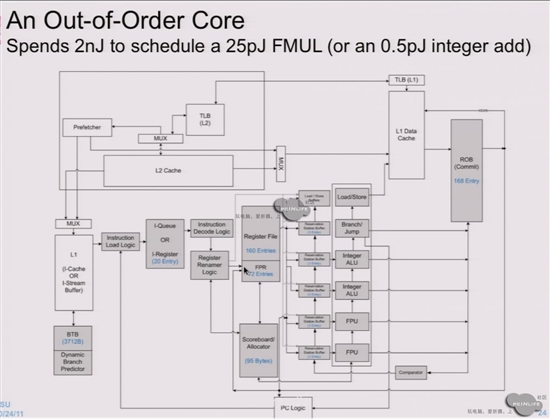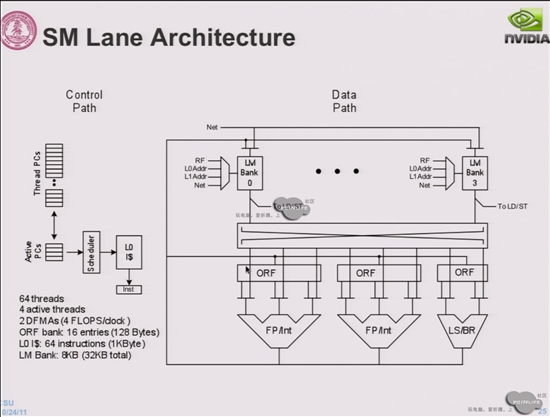President Obama has signed an executive order calling for the US to build the world's fastest computer by 2025.
http://www.bbc.com/news/technology-33718311The supercomputer would be 20 times quicker than the current leading machine, which is in China.
It would be capable of making one quintillion (a billion billion) calculations per second - a figure which is known as one exaflop.
A body called the National Strategic Computing Initiative (NSCI) will be set up to research and build the computer.
The US is seeking the new supercomputer, significantly faster than today's models, to perform complex simulations and aid scientific research.
Today's fastest supercomputer, the Tianhe-2 in China's National Computer Centre, Guangzhou, performs at 33.86 petaflops (quadrillions of calculations per second), almost twice as fast as the second-quickest machine, which is American.
For Parsons, the latest US initiative is a clear attempt to challenge the dominance of the Chinese in this field.
"The US has woken up to the fact that if it wants to remain in the race it will have to invest," he told the BBC.
Chief among the obstacles, according to Parsons, is the need to make computer components much more power efficient. Even then, the electricity demands would be gargantuan.
"I'd say they're targeting around 60 megawatts, I can't imagine they'll get below that," he commented. "That's at least £60m a year just on your electricity bill."
Efforts to construct an exascale computer are not entirely new.
Recently, IBM, the Netherlands Institute for Radio Astronomy (ASTRON) and the University of Groningen announced plans to build one to analyse data from the Square Kilometre Array (SKA) radio telescope project.
SKA will be built in Australia and South Africa by the early 2020s.




